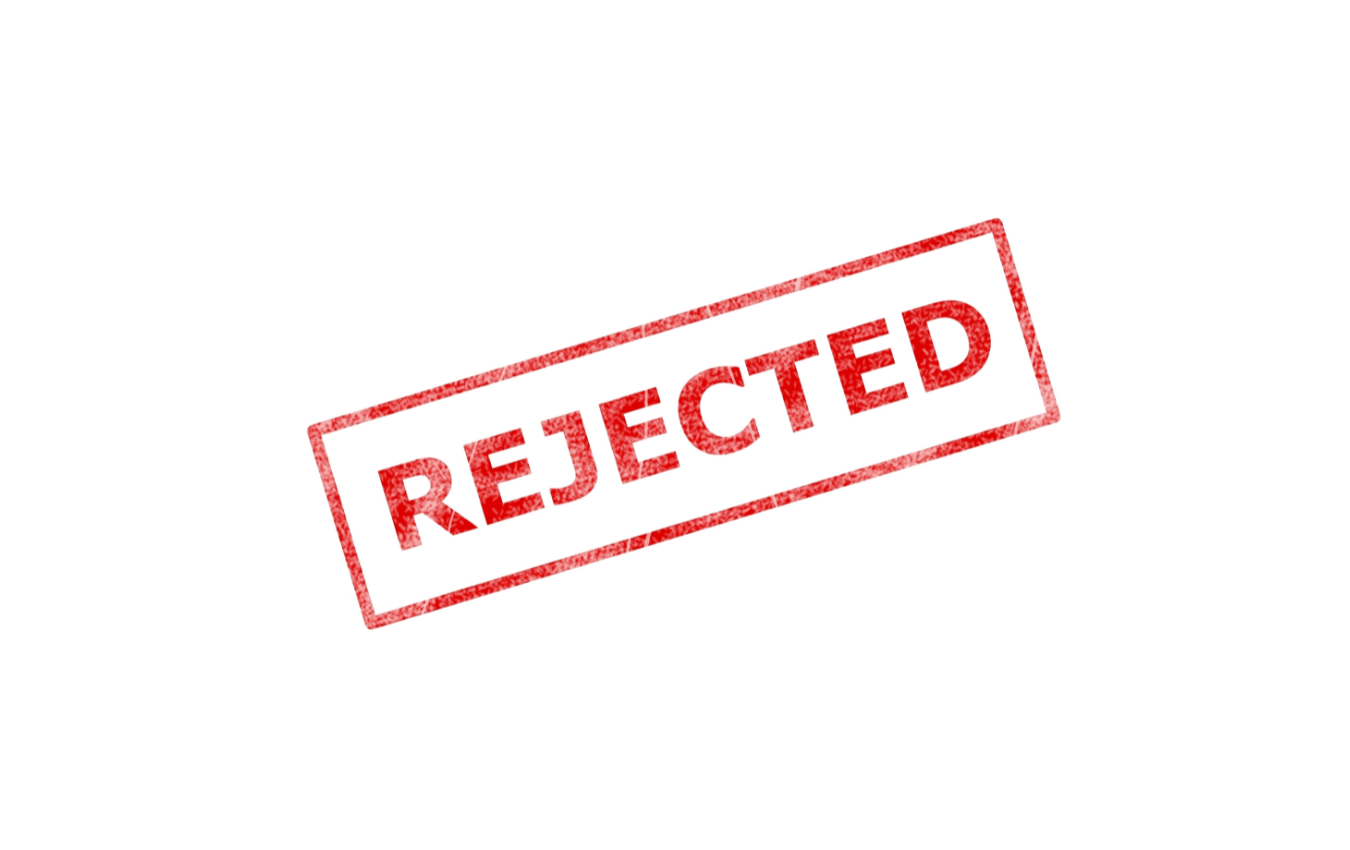Home » 7 Packaging Mistakes Leading to Product Rejection in Retail
7 Packaging Mistakes Leading to Product Rejection in Retail

Launching a product in a retail chain or club store is a significant milestone for any brand. However, this process can come with challenges, particularly when it comes to meeting specific packaging guidelines. Non-compliance with these guidelines often leads to product rejection, a setback that can be costly both in terms of time and resources. This blog post lists some of the biggest mistake’s brands make in their packaging, which lead to rejection by retail chains and club stores.
Ignoring Specific Packaging Requirements
Each retail chain or club store has its own set of packaging requirements. Common oversights include:
- Size and Dimension Neglect: Packaging that is too large or too small for standard shelving can lead to rejection.
- Material Restrictions: Some retailers have restrictions on certain packaging materials, often for sustainability reasons.
- Inadequate Packaging Strength: Packaging that doesn’t provide sufficient protection to withstand the retail environment.
Inadequate Branding and Design
Packaging that fails to stand out or communicate the brand effectively can be detrimental.
- Poor Visibility: Designs that don’t catch the consumer’s eye or blend in too much with competitors.
- Confusing Messaging: Packaging that fails to clearly communicate what the product is and its benefits.
- Non-Compliance with Branding Guidelines: Retailers may have specific branding guidelines that need to be adhered to.

Failure to Consider User Experience
User experience is paramount, and overlooking it can lead to product rejection.
- Difficult to Open or Use: Packaging that is consumer-unfriendly can be a significant deterrent.
- Lack of Information: Essential information like usage instructions, ingredients, or warnings needs to be clear and easily accessible.
Non-Adherence to Regulatory Compliance
Not complying with legal and regulatory requirements is a serious error.
- Missing or Incorrect Labeling: This includes nutritional information, ingredient lists, and safety warnings.
- Barcode Issues: Barcodes that are incorrectly placed or hard to scan can lead to logistical issues.
Underestimating the Importance of Sustainability
Sustainability is increasingly becoming a priority for retailers and consumers alike.
- Non-Recyclable Materials: Using materials that are not eco-friendly can be a reason for rejection.
- Excessive Packaging: Over-packaging not only wastes resources but can also be looked down upon by eco-conscious retailers and consumers.
Overlooking Transportation and Storage Requirements
Failing to consider how a product is transported and stored can lead to packaging damages and subsequent rejection.
- Poorly Designed for Shipping: Packaging that doesn’t protect the product during transit.
- Storage Inefficiency: Packaging that isn’t designed for efficient storage can be problematic in the retail space.
Ignoring Cost-Effectiveness
Retailers are always looking for products that offer them a good margin.
- Overpriced Packaging: Excessively expensive packaging can drive up the product cost, making it less attractive to retailers.
- Inefficient Packaging Process: Packaging that is costly or time-consuming to assemble can also be a drawback.

If you are looking interested in retail packaging, contact Brown Packaging today to get started.
Shipping costs surge during the holiday season as carriers raise rates and surcharges. For packaging buyers, box design directly impacts freight spend. Oversized cartons, excess
Peak season shipping volumes put pressure on every part of the supply chain. For packaging buyers, right-sizing boxes is one of the most effective strategies
The post-holiday season often brings a surge in product returns, making it essential for e-commerce businesses to design packaging that simplifies the returns process. Offering
Holiday e-commerce volumes push packaging to its limits. Trailers are overfilled, handling is rushed, and parcels endure more drops and vibration than usual. Without proper
The holiday season is the busiest—and most demanding—time of year for e-commerce packaging. Higher shipping volumes, faster turnaround times, and rougher handling conditions increase the
During the holiday season, packaging does more than protect—it directly influences how recipients perceive the gift inside. For e-commerce buyers, the right packaging design can
Home » 7 Packaging Mistakes Leading to Product Rejection in Retail

When it comes to maximizing shelf space and capturing buyer attention, few pairings are more effective than folding cartons and POP displays. Whether it’s a

Launching a product in a retail chain or club store is a significant milestone for any brand. However, this process can come with challenges, particularly

For retail brands, Point of Purchase (POP) displays are crucial for maximizing product visibility and driving sales. Ensuring that these displays are retail-ready is key


